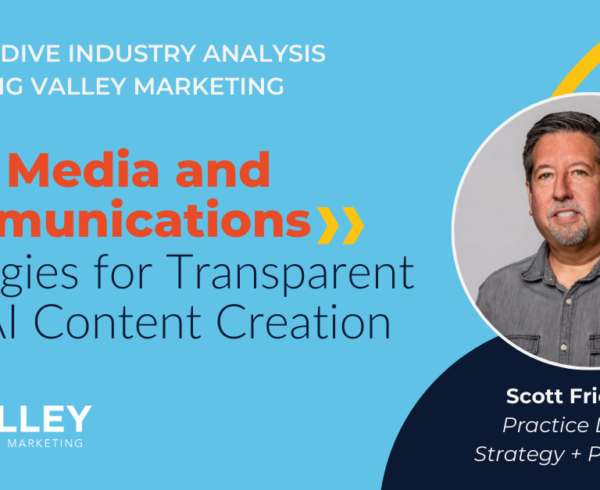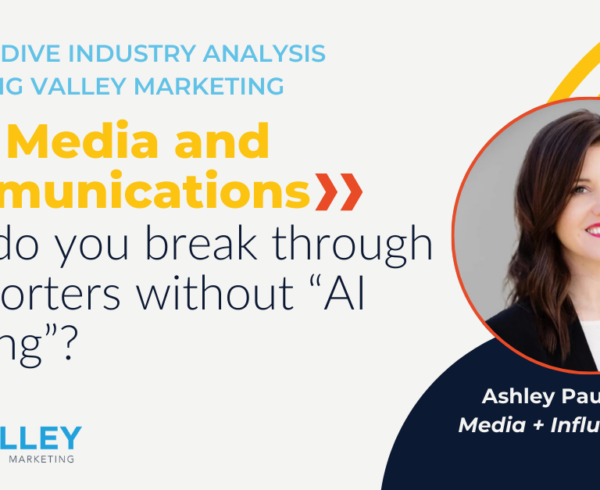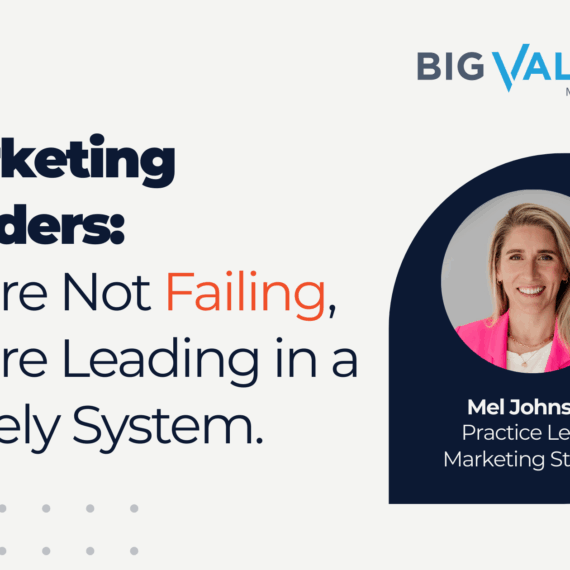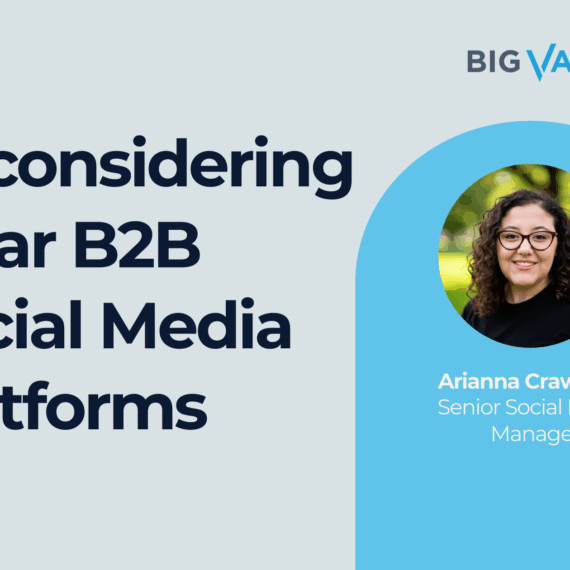The excitement – and fear – generated by Artificial Intelligence (AI) makes it hard to know what to think about AI in communications. Much of the conversation has focused on the technology’s job-killing potential as major companies edge closer to replacing employees with AI. It’s hard not to sink into a doomsday spiral – and then there are expert warnings of extinction at the hands of AI technologies (another topic for another day).
Deep breath. Yes, we are in the midst of a huge transformation. But AI marketing tools are in their infancy and present numerous ways for us to leverage AI without doing the actual jobs of content writers or anyone else entirely. A cloud executive speaking at a recent CNBC Technology Executive Council town hall summed it up perfectly:
People compare it to the cloud revolution, or the mobile revolution or the internet revolution. I think that it is 100 times bigger than all of those combined. I think that it is as big as the Industrial Revolution. And I think there are a lot of parallels to the Industrial Revolution. And I think that companies that do not embrace it immediately, existing companies that will not embrace it immediately, there is a chance that they will become not relevant.
Keyword: embrace. Not replace. Sure, AI will transform jobs and industries as we currently know them, but it won’t replace humans or the necessity of human-level thought. For marketing and communications professionals, the debate is no longer about whether or not you’re using AI – it’s how well you are using it. Depending on where you are at in your career, that might entail some upskilling, or a new way of working. But, I can confidently say that it won’t directly replace your job. Yet.
So, how should communications professionals navigate this transition and embrace AI writing tools?
Stay Educated. Read Through the Hype.
There’s so much AI news crossing the wire that it’s become overwhelming. It can be tough to keep up, let alone dig deep enough to cut through the hype. But we must. Here’s where to focus:
- Get grounded in the history of AI (if you’re not already). This will help you keep the hype at bay for yourself and your internal/external clients. As Chris Mimms so eloquently put it in his recent WSJ article, The Secret History of AI, and a Hint at What’s Next: “Recent developments like AI chatbots are important, but serve mostly to highlight that AI has been profoundly affecting our lives for decades—and will continue to for many more.”
- Stay up to speed on AI regulation issues. Hype exploded when the Center for AI Safety (CAIS) released its open letter on the ‘Risk of Extinction’ AI poses. If you really dig into their perspective, past the flashy headlines, it’s a valid point. Check out this Bloomberg segment with CAIS Executive & Research Director Dan Hendrycks. The point of the letter was to address AI regulation from a global perspective, and simply outline the consequences if we don’t address it.
- Look into real-world use-cases; remember the human value. It’s important to dig into specific use cases and stories that remind us of the importance of the human element. Here’s a great piece in WIRED for example: Generative AI Podcasts Are Here. Prepare to Be Bored. There’s also the great example of Coca-Cola’s “Create Real Magic” AI platform and campaign that combines human artist creativity with AI.
Use Generative AI (GenAI) to Augment (not to DO) Your Work
Every communications team’s GenAI policy should be grounded in this simple rule. A few areas communications professionals should use GenAI to augment their work:
- AI Research: GenAI tools can save a ton of time when researching new markets, competitors, and summarizing key themes/trends. A key caution here is that GenAI tools like ChatGPT and Bard tend to be inaccurate. Always check your work. I’ve tested GenAI a few times for media lists, for example – it’s a great starting point, but only about a third of it is useful due to inaccuracies or outdated information.
- Content Brainstorming: As a rule, I only use GenAI tools for the brainstorming stage of content creation – this includes press releases, blogs and media pitches. Some experts recommend using GenAI to generate outlines, but I don’t go that far. Nor do I use AI to write content or marketing copy. For me, this is the stage where original thought, tone and ideas make a difference. And getting really good at prompts is key.
- AI Data Analysis: GenAI is great at summarizing data and research so that you can generate insights quicker. AI tools for data can also include predictive analytics and even data visualization. It’s another great way to experiment with and improve your prompts.
And a friendly reminder to never include sensitive or confidential information in your prompts. Just this April, Samsung employees leaked confidential information by inputting source code and internal meeting notes into ChatGPT.
Upskill and Increase Productivity
Whether you’re new to the communications field or an experienced executive, GenAI is a great tool for upskilling and increasing productivity. This recent Forbes article outlines a few examples.
Here’s how I’ve been using it in my work:
- Quickly summarizing news coverage (to free up more time for strategy): While ChatGPT is limited in this area, I find that Bard can be useful in quickly summarizing links to articles. This can serve as a productivity gain for tasks like coverage reports, but I also use it to analyze competitive coverage and use the time gained for strategic analysis and identifying the whitespace for storytelling.
- Get up to speed on a new market (leading to quicker onboarding and more strategic planning): This has been a game changer for me, especially with my focus on nuanced technologies and markets. I like to use ChatGPT for this, and make sure I create separate chats for each topic area. My prompts in this case are more conversational, which allow me to get very specific and granular, and even test that I’m understanding correctly based on the information available.
- Working through writer’s block: When I’m stuck or need a quick thought starter, ChatGPT is a great productivity tool and gets me moving.
Don’t freak out about the bleak scenarios painted by some. In this age of AI transformation, it’s essential that we use AI in communications roles to stay educated for our clients and ourselves. It’s key that we embrace AI as a collaborative tool for up-leveling our work and provide more space for innovative human thought and creativity. The more work we do now to educate ourselves, and identify best practices, the better we’ll adapt to AI’s increasing role in our day-to-day work.











